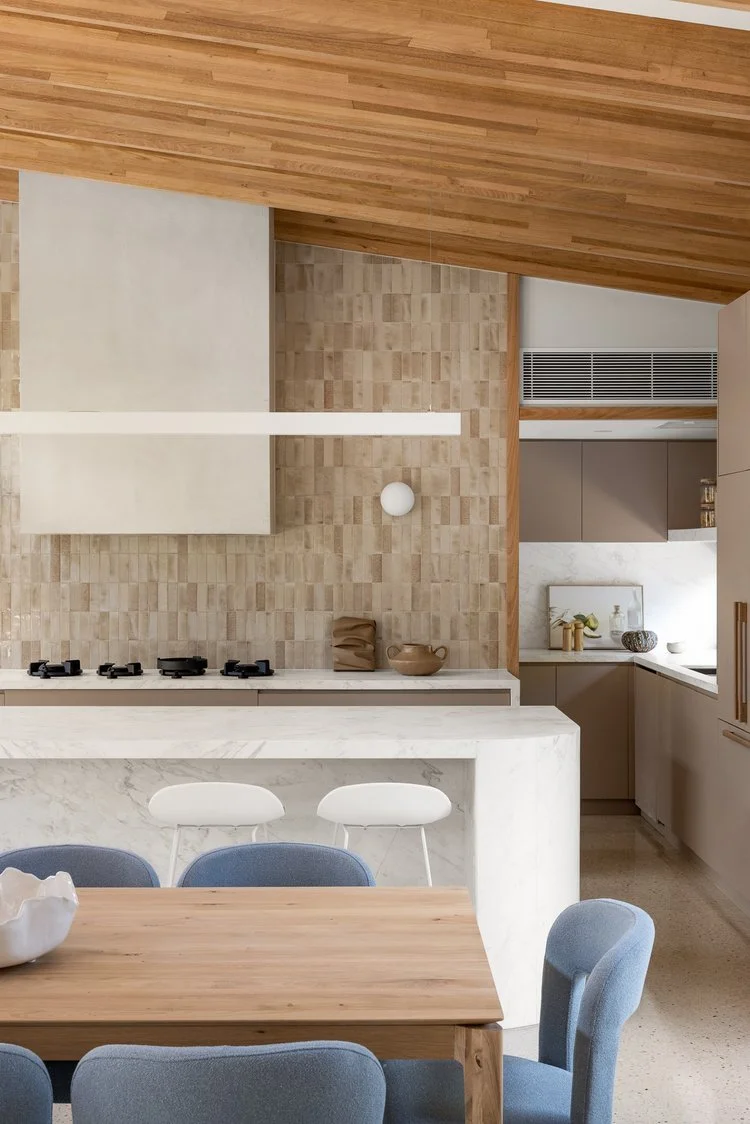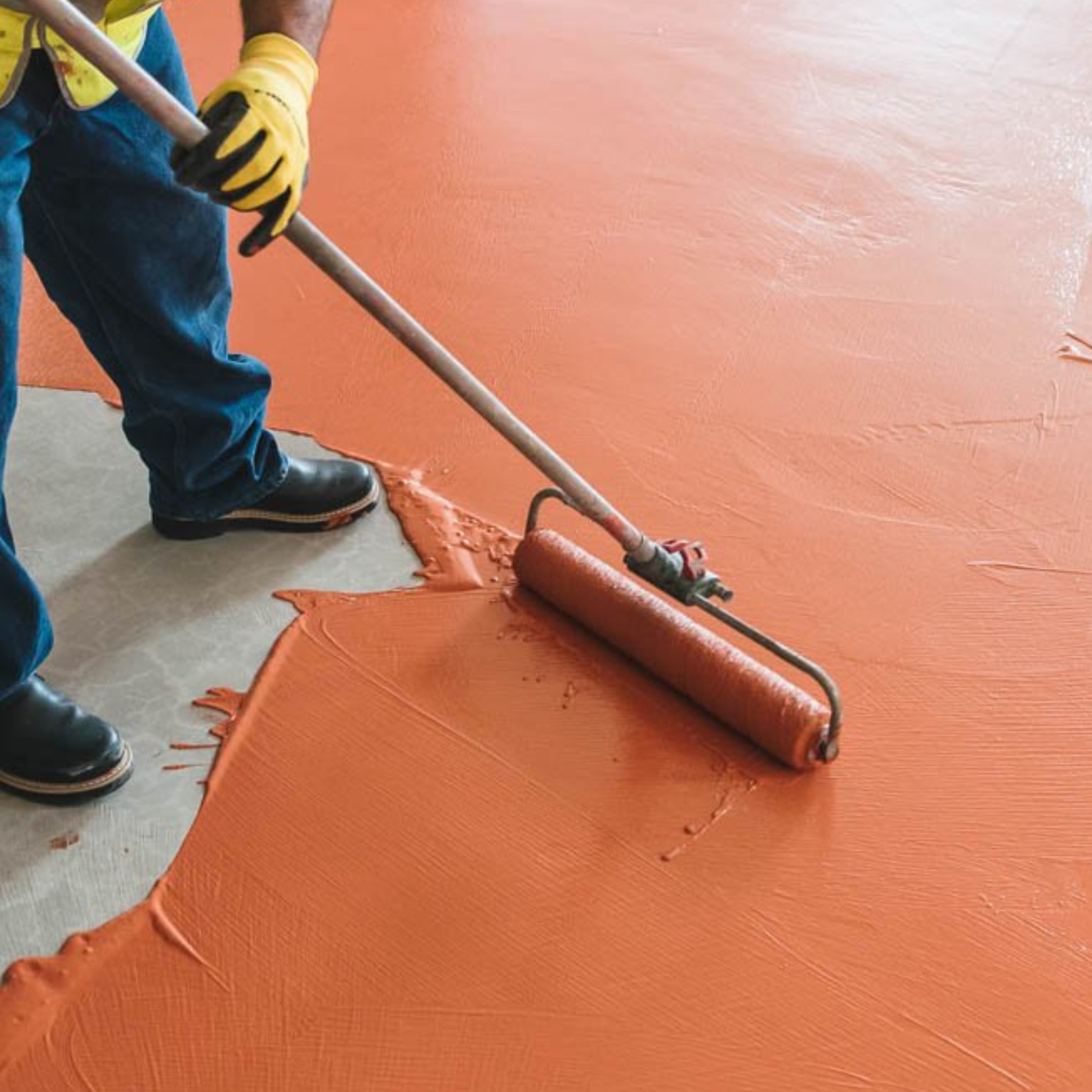Microcement Kitchens
Looking for a seamless, modern surface that works just as hard as your kitchen does? X-Bond Microcement is a durable, water-resistant finish ideal for countertops, island benches, cabinet faces, kitchen walls, floors and even rangehoods. It can be applied directly over existing materials — including tiles, laminate, or concrete — making it perfect for kitchen renovations. X-Bond Microcement is Australia’s original microcement overlay system, trusted for over 25 years and designed to withstand daily wear, spills, heat, and moisture. Read on to learn how it transforms kitchens.
X-Bond Microcement for Kitchens




Why Choose Microcement in the Kitchen?
Elevated Design: Achieve those seamless, texture-rich surfaces you see all over your Pinterest board.
Resurfacing Made Easy: Installed straight on top of existing substrates at 2-3mm thick.
Highly Durable: Resistance to stains, mould, wear and tear.
Waterproof: With a compatible liquid membrane system and sealer.
Low Maintenance: Easy to clean after food or liquid spills.
Suitable for Al Fresco: Suitable for outdoor BBQ and cooking areas.
Discover Our Microcement System: X-Bond
A hand-applied surface system made from a blend of stone and liquid polymers, X-Bond is installed in thin layers directly over existing kitchen materials — including tiles, laminate, concrete, screed, and even wood. The result is a seamless, joint-free finish with greater flexibility and less structural impact than traditional options like stone or concrete. At just 2–3mm thick and engineered with advanced adhesion technology, X-Bond is ideal for kitchen renovations.
Key Benefits:
Water- and heat-resistant
Ultra-thin build adds minimal weight or height to surfaces, including cabinet faces
Compatible with advanced sealers for stain and mould resistance
Hand-trowelled for unique, artisanal texture options
Common Microcement Kitchen Applications
Bathrooms are one of the most popular X-Bond Microcement application, achieving a contemporary architectural look without compromising on performance and functionality. In bathrooms, X-Bond Microcement flooring is frequently specified on:
Floors, walls and ceilings
Joinery e.g. shelving, countertops, and cabinet faces
Island benches
Rangehoods
Sink basins and splashbacks
When installing X-Bond over a pre-existing substrate, our team may apply an anti-fracture and waterproofing membrane along with undertaking other necessary preparation (note that Alt. Surfaces cannot be responsible for substrate failure, where the existing substrate moves and causes damage to the overlay).
Maintenance & Cleaning Guide for Microcement Kitchen
If you dread cleaning the kitchen, then you’ll love X-Bond Microcement — a wonderfully low-maintenance surface solution.
To keep your X-Bond surface looking its best, simply wipe it down with water and a common household detergent if needed. Avoid harsh or abrasive cleaners, especially those containing more than 50% acetone or other strong solvents.
Tips for cleaning a microcement kitchen include:
Use a cutting board and avoid chopping directly on your microcement benchtop.
While X-Bond is highly resistant to stains and mould, some spills can leave marks if not removed after contact, such as citrus and boiling oil — for this reason, we don’t recommend specifying X-Bond behind stoves or cooktops unless you plan in cleaning oil splatter promptly.
Sand, grit and other debris can be abrasive to the surface if carried on shoes, so sweep your microcement floor regularly. A clean microfiber dust mop is very effective at removing dirt on an X-Bond surface. Steam mops are not recommended as they could discolour the finish.
Recommended Materials
For kitchens, our team typically applies X-Bond Luma together with Liquid Membrane for substrate preparation.
Luma is hand-trowelled and then sanded to achieve a smooth surface with visible tool marks that create subtle tonal variation. It’s the most common finish used for kitchen surface rendering, from floors to rangehoods and other joinery. For external kitchen flooring, we may use X-Bond Blade instead.
X-Bond Luma
An essential step when installing microcement in wet areas including throughout kitchens. While microcement itself isn’t inherently waterproof, the liquid membrane provides a primary waterproofing barrier beneath the finish — and our sealer will then create a non-porous surface coating.













